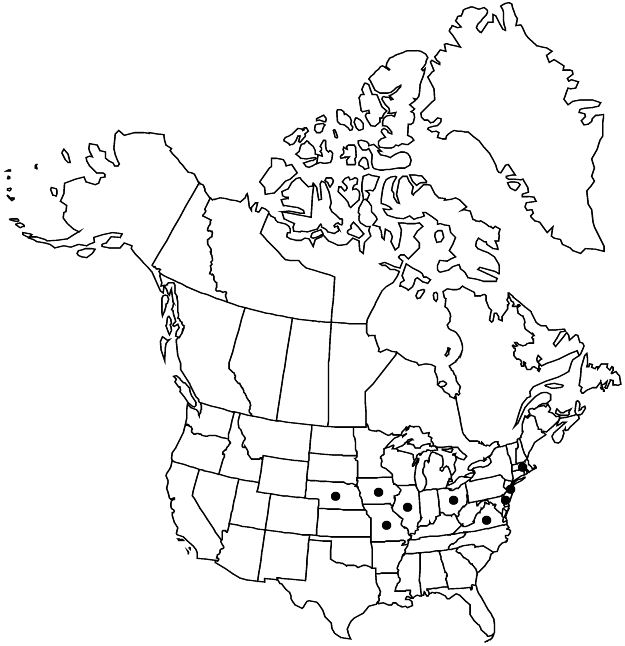Difference between revisions of "Rubus parvifolius"
Sp. Pl. 2: 1197. 1753.
imported>Volume Importer |
imported>Volume Importer |
||
| Line 57: | Line 57: | ||
|publication year=1753 | |publication year=1753 | ||
|special status=Introduced | |special status=Introduced | ||
| − | |source xml=https:// | + | |source xml=https://bitbucket.org/aafc-mbb/fna-data-curation/src/2e0870ddd59836b60bcf96646a41e87ea5a5943a/coarse_grained_fna_xml/V9/V9_66.xml |
|subfamily=Rosaceae subfam. Rosoideae | |subfamily=Rosaceae subfam. Rosoideae | ||
|tribe=Rosaceae tribe Rubeae | |tribe=Rosaceae tribe Rubeae | ||
Latest revision as of 22:58, 5 November 2020
Shrubs, 1–3 dm, armed. Stems biennial, low-mounding to creeping, sparsely to moderately hairy, glabrescent, eglandular, not pruinose; prickles sparse to moderate, slightly to strongly hooked, weak to stout, 0.8–1.5(–2) mm, broad-based. Leaves deciduous, ternate or pinnately compound; stipules filiform to linear, (4–)6–11 mm; leaflets 3(–5), terminal broadly ovate-rhombic to obovate, (2–)3–5(–9) × 2.2–5(–7.5) cm, base cuneate to obtuse, slightly 3-lobed, margins coarsely serrate to doubly serrate, apex acute to obtuse, abaxial surfaces with slightly to strongly hooked prickles on veins, densely whitish-tomentose, eglandular or sparsely short-stipitate-glandular. Inflorescences terminal and axillary, 2–20-flowered, cymiform to thyrsiform. Pedicels: prickles moderate, slightly to strongly hooked, moderately hairy, eglandular or sparsely short-stipitate-glandular. Flowers bisexual; petals pinkish to magenta, oblanceolate to obovate, 4–7 mm; filaments filiform; ovaries moderately to densely hairy, styles glabrous. Fruits red, round, 0.6–0.9 cm; drupelets 10–50, strongly coherent, separating from torus. 2n = 14.
Phenology: Flowering May–Jun.
Habitat: Disturbed sites
Elevation: 0–400 m
Distribution

Introduced; Del., Ill., Iowa, Mass., Mo., Nebr., N.J., Ohio, Va., e Asia, Australia.
Discussion
Rubus parvifolius is distinguished from other raspberries by its broadly ovate-rhombic to obovate leaflets and relatively small flowers with pinkish to magenta petals. This species has the potential to become a very significant weed (P. M. Drobney and M. P. Widrlechner 2012).
Selected References
None.